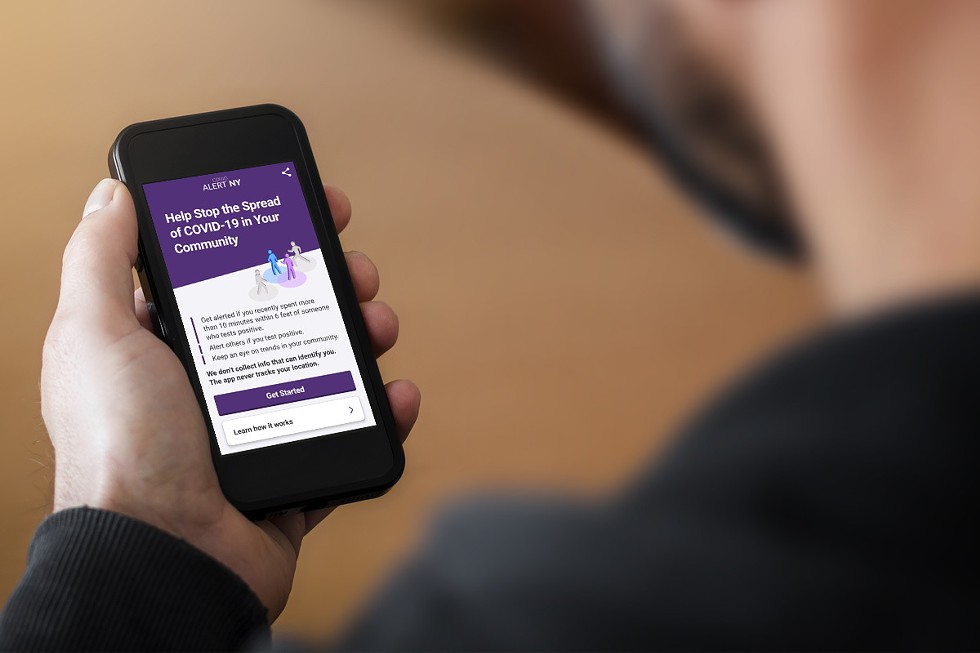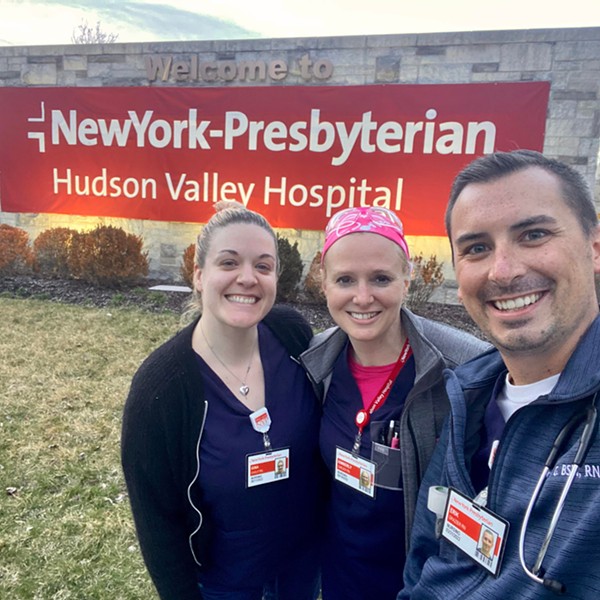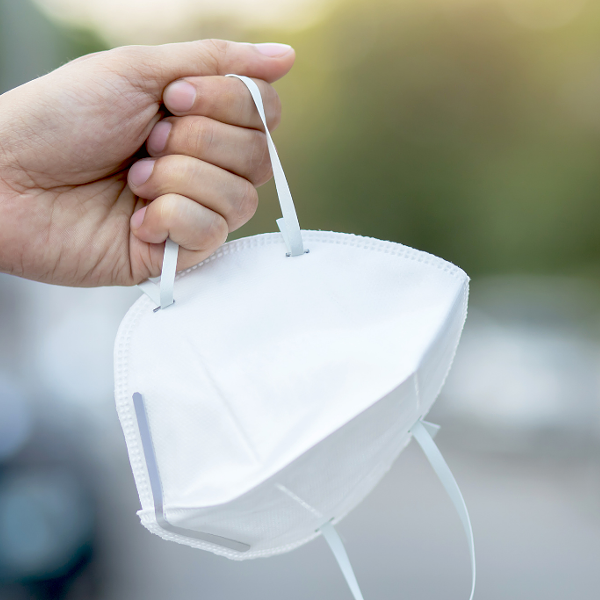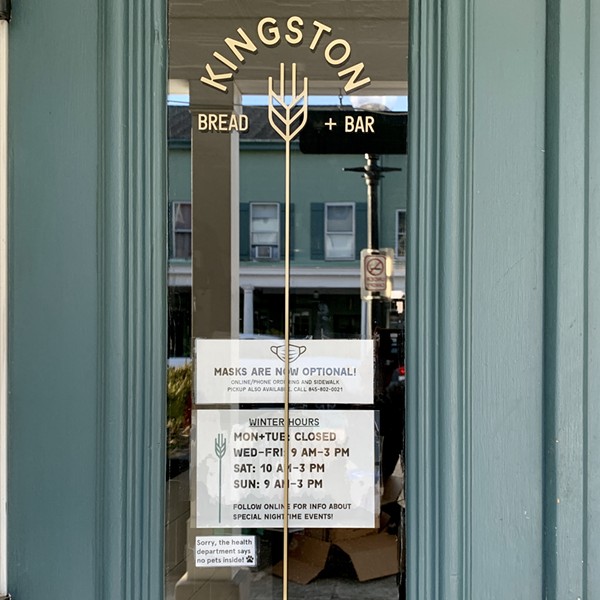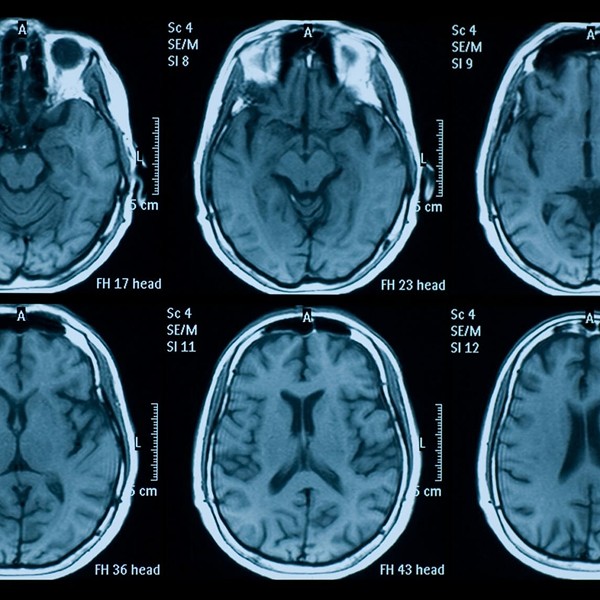This is a roundup of coronavirus news and announcements from New York State and Hudson Valley and Catskills counties for Thursday, October 22 and Friday, October 23.
NEW YORK STATE
491,771 cases confirmed (1,637 new)
13,474,353 tests performed (141,508 new)
Positive test rate: 1.16%
25,705 deaths (11 new)
1,023 hospitalizations
223 ICU admissions
New York State coronavirus page
New York State official pressroom
Hotline: (888) 364-3065
Under Governor Andrew Cuomo’s leadership, New York State has made a habit of refusing to release important pandemic data, from nursing home fatalities to PPE stockpiling. In its latest transparency fail, the Cuomo administration won’t release data on usage of the state’s new COVID smartphone app, the Times Union reports. Meanwhile, state officials in Pennsylvania, Delaware, and New Jersey, where similar contact-tracing apps have been rolled out, are sharing data or making plans to do so. The Times Union’s reporters are clearly getting tired of having their Freedom of Information requests delayed and denied: “The Cuomo administration’s unwillingness to share the public data is part of a pattern by the governor's office on releasing data during the ongoing public health crisis,” they write.
In an October 15 event promoting his new book, Cuomo told Bravo TV producer Andy Cohen that the state might look at legalizing recreational marijuana to alleviate some of its budget crisis. “We need revenue and we’re going to be searching the cupboards for revenue. And I think that is going to put marijuana over the top,” Cuomo said. For perspective: California brought in about $637 million in marijuana tax revenue in 2019. New York’s budget hole for the 2020 fiscal year is somewhere north of $14 billion.
Outbreaks in small areas of New York State, where the Cuomo administration has deployed a new strategy of strict neighborhood-level restrictions to keep infections from spreading, are currently responsible for almost 50 percent of hospitalizations in the state, according to a Friday press release from Cuomo’s office. The most recent data on the “microclusters” where outbreaks are occurring shows that areas in Broome, Steuben, and Chemung counties have higher positivity rates than outbreak neighborhoods in New York City and Rockland and Orange counties, where positivity rates have been falling.
Overall, hospitalizations for COVID-19 in New York State are above 1,000 for the first time since June.
New York State’s new strategy for suppressing outbreaks treats urban and rural areas differently, with higher case count and positivity rate thresholds for taking action to stamp out outbreaks in more rural counties. State officials haven’t said much about why New York is treating urban outbreaks as more dangerous than rural ones, but we’ll note that there isn’t a straightforward relationship between population density and COVID-19 transmission. Last month, Scientific American ran an interesting article delving into the complexity of the issue: Scientists are still getting a handle on the factors that drive community transmission, but things like the size of households and the interconnections between communities appear to be more important than raw population density in driving risk for rapid spread.
In neighboring New Jersey, where cases are reaching levels not seen since May, officials are warning that much of the transmission is currently being driven by small private gatherings in people’s homes. “The capacities that we believe are contributing to the bulk of the [new] cases are those gatherings that are beyond our ability to regulate and properly enforce,” Governor Phil Murphy said recently.
Early in the pandemic, rampant community transmission in New York City gave the rest of the state—and the rest of the nation—the impression that COVID-19 is a city problem. The opposite is now true: Rural cases have climbed to perilous heights across the country, and the rural rate of infection has surpassed the urban rate nationwide, the Daily Yonder reports.
On Friday, the US hit its highest case count of the pandemic. With cases now far more geographically spread out across the country, the nation is poised to enter the worst stretch of the pandemic yet, the Washington Post reports.
The economic crisis caused by the pandemic has wiped out more jobs than the Great Depression and the Great Recession combined. In an effort to capture the human cost, The New York Times partnered with local news outlets on a project called “Out of Work in America,” featuring a dozen people from around the country who are struggling to stay afloat. “I feel like I’m on the cusp of losing everything. It’s just pure frustration,” 26-year-old Tucson sommelier Oscar Elijo Saenz said. “I’ve gone past the point of desperation, past the point of anger. And I just feel hopeless. I feel lost.”
Researchers are watching how masks work in real time. An ingenious study from Carnegie Mellon used Facebook’s huge reach to survey people across the country, and found a strong correlation between lower levels of mask-wearing and higher levels of active illness at the state level. In other mask news: Universal mask-wearing could save 130,000 lives in the US by spring, researchers from the University of Washington’s Institute for Health Metrics and Evaluation found in a study released Friday.
Should we wipe down our groceries? Do we really need to quarantine library books? The best science we have on COVID-19 says: Probably not. Touching things like doorknobs and countertops is nowhere near as risky as breathing each other’s air indoors. Wired weighed in this week on the “great fomite freakout,” and how our worries about contaminated surfaces have misdirected our focus away from situations that are much more dangerous. “I think that one thing that has been tough about this pandemic is there has been such a strong initial message that gave people the wrong intuition,” Princeton biologist Dylan Morris told the magazine.
The US Food and Drug Administration issued an approval on Thursday for the use of remdesivir to treat COVID-19. Remdesivir is the first COVID-19 treatment to get a full—not emergency—approval from the agency. Unfortunately, the drug is looking less effective than researchers initially hoped, in light of recent data.
Also at the FDA: Regulators may be getting cold feet about issuing an emergency use authorization for a COVID-19 vaccine, STAT reports. The worry is that an emergency use authorization, a tool that the agency has used to fast-track the use of potential COVID-19 treatments before the agency has a full picture of their effectiveness, might put an early halt to vaccine trials. “The fear is that early authorization of vaccines could squander a one-time chance to determine how well the various vaccines work and which work best in whom,” Helen Branswell writes. The agency is mulling the use of expanded access instead, a program that might stand a better chance of allowing trials to continue even while the vaccine is being administered.
Local Congressman Antonio Delgado, a Democrat representing New York’s 19th district, is backing a bill with bipartisan support that calls for a federal study on how to prevent the spread of COVID-19 in nursing homes. Nursing home infections have become an intensely political issue in New York State, where Governor Cuomo enacted and later rolled back a controversial policy directing nursing homes to take in COVID-19-positive residents, and where the state has refused to release data on how many nursing home residents have died in hospitals during the course of the pandemic.
Early voting starts tomorrow in New York State. You can find your early voting sites, and tons of other voting information, on the state Board of Elections website.
Announced by New York State on Thursday and Friday:
- Eight additional companies in the state will start producing equipment and supplies to support New York’s fight against the pandemic. The manufacturing will be supported by $4.9 million in grant funding from the state. Three of the companies are in the Hudson Valley: Altor Safety, Georgia Brown, and Ziel.
- Twenty-one more bars and restaurants have had their liquor licenses suspended for “egregious violations of coronavirus-related regulations.” Three are in The River’s coverage area: El Nuevo Jomas Tavern (Port Chester), La Botella Bar & Restaurant (Newburgh), and La Bohemia Restaurant (Mount Vernon).
Below is a Flourish animation we have compiled that shows the rate of active cases per 10,000 residents for each county in our coverage region from May 12 through the present date.
LOWER HUDSON VALLEY
County coronavirus pages: Rockland, Westchester, Putnam
University coronavirus pages: Sarah Lawrence, Iona, SUNY Purchase, Manhattanville, Westchester Community College, Rockland Community College, Dominican, Mercy
Putnam County issued another public health alert for a possible COVID-19 exposure, its third this week. Anyone who worked at or visited Patterson Auto Body at 2597 Route 22 in Patterson from Monday, October 12 to Friday, October 23 may have been exposed to a COVID-positive patient.
Some schools in East Ramapo will start hybrid learning on Monday, the district announced, but only those schools outside the red and yellow cluster enforcement zones. LoHud.com writes that the decision to allow some students back into classrooms follows the revelation that nearly 47 percent of East Ramapo public school students were “chronically absent,” and another 15 percent were considered “at risk.”
Westchester County Executive George Latimer’s State of the County address, delivered Thursday, was predictably heavy on the pandemic. Latimer recapped how the county had responded to the virus, and reiterated recovery initiatives such as the Community Build Back Program and the RED Rent HELP Project. He ended on an optimistic note. “The state of our county is fierce,” Latimer said. “Fierce.”
MID-HUDSON VALLEY
County coronavirus pages: Orange, Dutchess, Ulster, Columbia
University coronavirus page: Bard, Vassar, Marist, SUNY New Paltz, SUNY Ulster, Columbia-Greene Community College, SUNY Orange
The number of active cases in Columbia County has nearly doubled in the past week, and county health officials are worried about community spread. At the Ghent Assisted Living facility on Route 66, 27 residents and nine staffers have tested positive for COVID-19. Meanwhile, 16 staff members and three youth at the Columbia Girls Secure Center and Brookwood Secure Center, both in Claverack, have also tested positive. (Ten of the staffers live outside Columbia County and are not counted in its official statistics.) “Not only does this outbreak involve county residents, but there are also a significant number of out-of-county residents who have tested positive who went home at the end of their work day,” said county health director Jack Mabb. “They stopped by the gas station, pharmacy and the grocery store. They could very well have been contagious before they were actually tested. This is how the virus gets into the community.”
The Columbia County Department of Health will host three more COVID-19 testing clinics at the former John L. Edwards Primary School in Hudson. The clinics will be from 9am to 11am on November 10, November 17, and December 1. Preregistration is not required.
Orange County Executive Steve Neuhaus said in Friday’s coronavirus briefing that at least two nursing homes in the county have active positive cases.
CATSKILLS
County coronavirus pages: Sullivan, Delaware, Greene, Schoharie
University coronavirus pages: SUNY Cobleskill, SUNY Delhi, SUNY Sullivan
Results are still coming in from widespread testing of state prison inmates in Greene County, where an outbreak has caused cases to spike dramatically: On Friday, 31 new positives were announced among inmates in the Greene Correctional Facility, Greene County health officials said in a Facebook post. There are currently 21 known active cases outside the prison in Greene County.
Sullivan County is seeing a spike in cases: Known active cases in the county have jumped from mid-thirties earlier in the week to 60 as of Friday. The county issued a potential exposure warning on Thursday for the AutoZone on Route 52 in Liberty, stating in a release that anyone who visited the auto parts store on October 17 or 18 between 12pm and 9pm may have been exposed.
Sullivan County Public Health and BOCES officials will host a virtual Zoom forum for the local school community to ask questions about COVID-19, to be held at 6pm on November 4. If you want a question answered at the forum, you can email it to [email protected] by noon on November 2.
COVID-19 cases in Delaware County are on an uptick, with four new cases reported by the county Thursday and another four Friday. The county currently has 16 known active cases, three of whom are hospitalized.
The Shire Pub in Delhi announced on Facebook on Thursday that one of their employees has tested positive for COVID-19, and that the restaurant will be closed through the end of the month. Delaware County Public Health shared a post from the restaurant on its Facebook page, but county officials have not included any warnings about possible public exposures at the restaurant in any of their recent COVID-19 press releases. The Shire’s owners advise that anyone who was at the restaurant between October 14 and 17 and is experiencing symptoms should contact Delaware County Public Health.
Three new cases were found in Schoharie County on Thursday after a week with only one new case, according to New York State data. The Schoharie County Department of Health has not yet issued a release about the new cases.
On-the-ground local reporting and analysis has never been more important, and that’s what The River aims to provide. But we need your help to continue the work we’re doing. Will you support our journalism today?
OF INTEREST?
The River has a guide on where, how, and when to get tested for the coronavirus in the Hudson Valley and Catskills. To read more of our coronavirus coverage, visit our coronavirus page.
The River is collaborating with WGXC to announce these updates over the air. To listen, tune in to 90.7 FM at midnight, 5am, 7am, or 9am, or visit the audio archive online.
La Voz, una revista de cultura y noticias del Valle de Hudson en español, está traduciendo estos resúmenes y co-publicandolos en su página web. Leyendo aqui. También puede escuchar actualizaciones diarias por audio en el show “La Voz con Mariel Fiori” en Radio Kingston.







